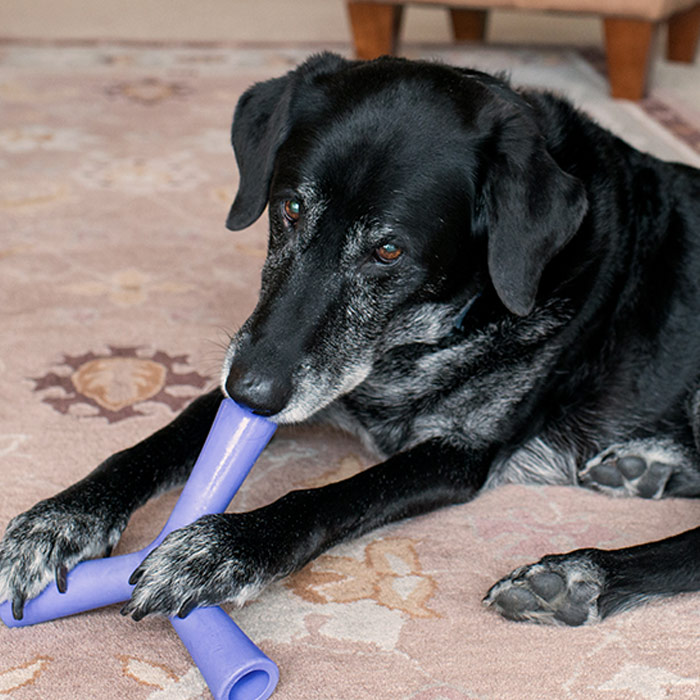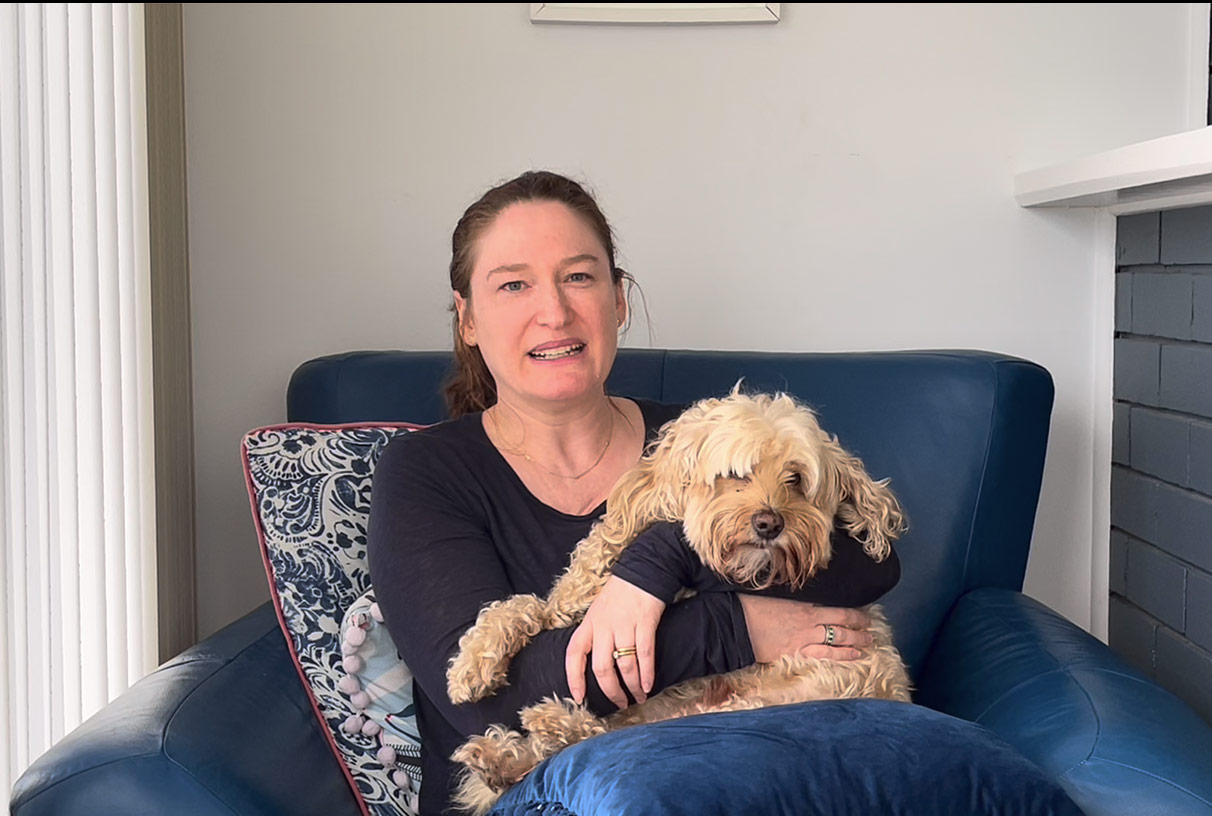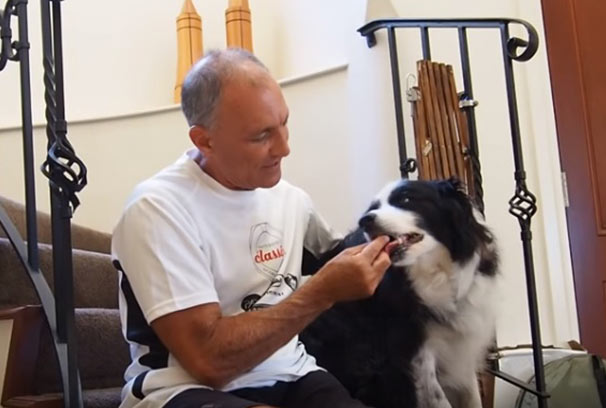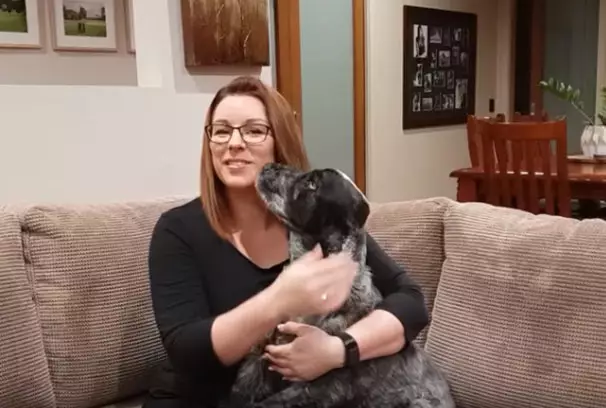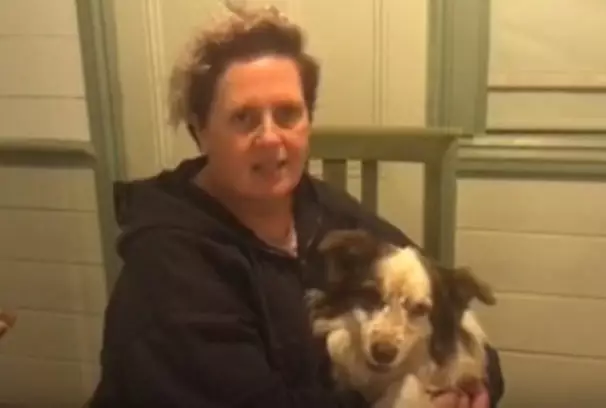Health concerns facing older dogs
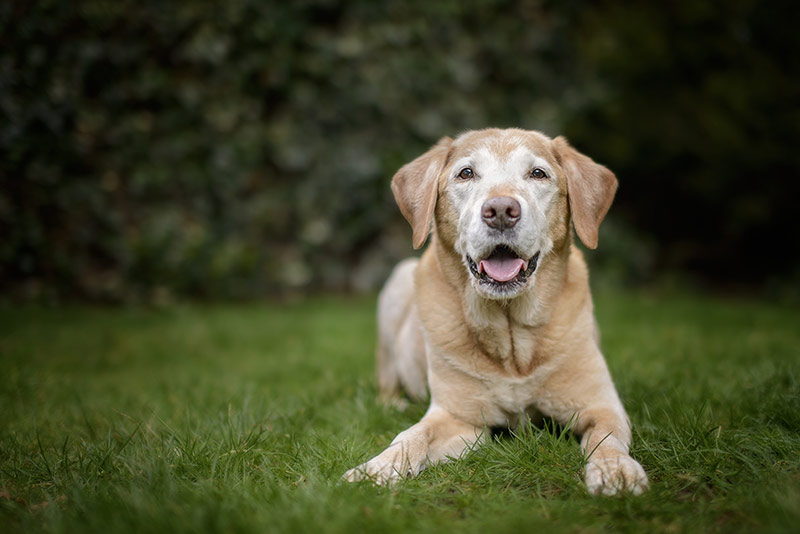
It can be hard to come to terms with the fact that our dogs age relatively quickly compared to us. In fact, in many dog breeds, those over the age of seven to eight are considered senior dogs. Generally, dogs age seven times faster than humans, so it makes sense that by age ten they may be facing health issues comparable to those of a 70-year-old human.
Average lifespan of dogs by breed
Most dogs will live to between ten and fifteen years of age, and while on average one-dog-year equates to 7-human-years, the maths is not quite that simple. Dogs mature much more quickly than humans in the early stages, so by the end of a puppy’s first year his development is equivalent to a 15-year-old human, and by the end of his second year he is comparable with a 24-year-old human.
When it comes to development and ageing, size and breed play a considerable part. Smaller dogs tend to live longer than their larger relatives. Tiny and toy breeds mature more quickly in the first few years of life than larger ones; however, they generally remain sprightly and active well into their later years and don’t become senior dogs until around age 10.
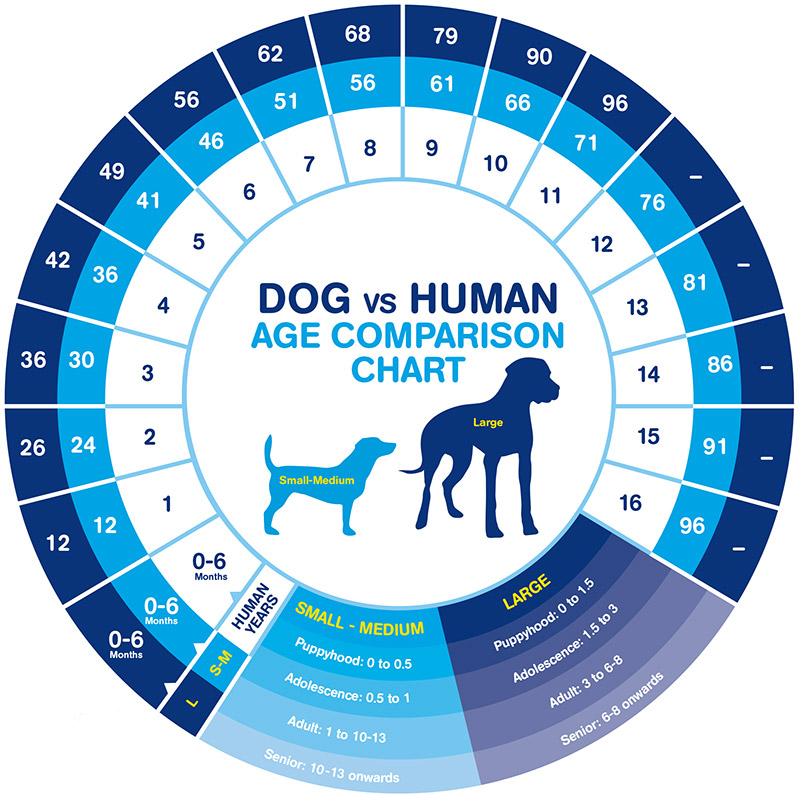
In contrast, a huge puppy ages more slowly in the very early years but will begin to slow down from a younger age and will be approaching old age by age 5 or 6. Middle-size dogs will be somewhere in between. Big dogs age more quickly, or just start ageing earlier, than small ones, and while the correlation between size and lifespan in dogs is well documented, it’s not clear why this happens. Mixed breeds live an average of 14 years, while pure breeds live on average almost 10 years.
Examples of average life spans by breed:
- Chihuahua (the smallest recognised breed): 12 to 20 years
- Yorkshire Terrier: 13 to 16 years
- Dachshund, Pomeranian: 12 to 16 years
- Standard poodle, Pug, Siberian Husky, Miniature Schnauzer: 12 to 15 years
- Toy Poodle and Maltese, Boston Terrier, Beagle, Shetland Sheepdog: 12 to 14 years
- Shih Tzu: 11 to 14 years
- Labrador Retriever, Greyhound, French Bulldog: 10 to 14 years
- German Shepherd: 9 to 13 years
- Doberman, Boxer, Golden Retriever: 10 to 12 years
- English Mastiff: 6 to 12 years
- Great Dane, St. Bernard, Rottweiler, Bulldog, Bullmastiff, Newfoundland: 8 to 10 years
- Irish Wolfhound: 6 to 10 years
Bear in mind that it’s not just a dog’s size and breed that influences the length of his life. Specific lifestyle factors, such as diet, exercise and medical history, also play a significant role in determining how long an individual dog will live.
Attending to the increasing health needs of ageing and old dogs can become a big financial burden. We suggest that dog owners seriously consider purchasing pet insurance early on, to help protect you and your dog later in life.
Behaviours and signs of ageing in dogs
When it comes to the showing signs of ageing, there can be considerable differences depending on the breed. In general, the most practical way to tell if your dog is approaching old age is to observe his or her behaviour and appearance. In other words, how old does your dog act, look, and feel?
You may notice that your dog is greying around the muzzle (this is more common in some breeds than others) or has white hairs or bald patches in his coat. Other signs of an ageing dog include a reduced appetite and increased sleeping. As your dog becomes less active, he requires less energy and eats less; with less energy and enthusiasm for exercise and play, he will often fill in the days with more rest.
Just like humans, the senses eventually start to deteriorate, leading to impaired vision, hearing, taste and smell. Appetite may decrease and very old dogs often get thinner, with the shoulders and spine becoming more prominent.
Over time he may exhibit more debilitating symptoms that are prevalent in old dogs, such as:
Mobility issues:
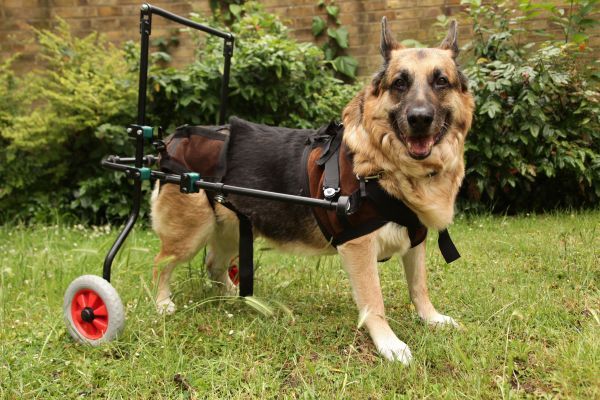
- Soreness and stiffness in the leg joints
- Difficulty getting up after lying down or after a long walk
- Reluctance to jump on beds or sofas
Loss of vision and hearing:
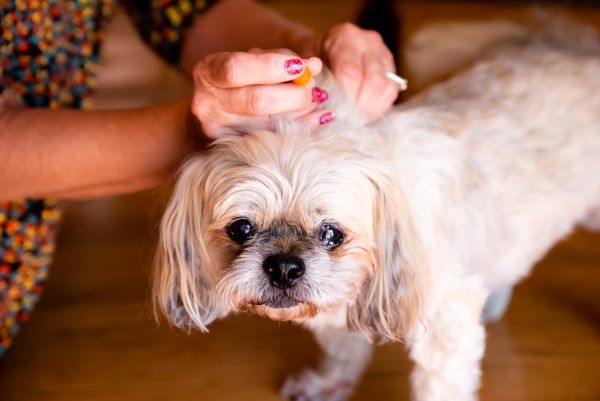
- A hazy, bluish cast on the eyes, which is normal and usually does not hinder the eyesight
- A cloudy appearance to the eyes, which is the hazy, whitish growth of cataracts and can lead to blindness
- Hearing loss or deafness, revealed by a failure to respond to commands or calling their name
Gum and dental disease:
- Bad breath
- Food being dropped
- Excessive salivation
- Pawing at the mouth
- Swellings below the eye (may be signs of tooth root abscesses)
Skin and haircoat changes:
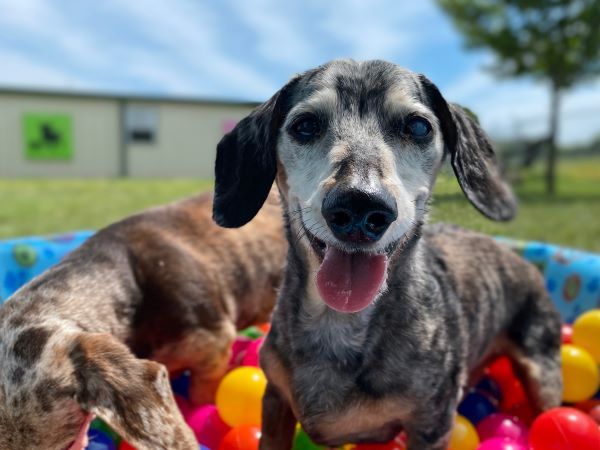
- Thicker, less pliable, loose skin
- Rougher and thinner coat, with bald patches or white hairs
- Greying fur, starting around the muzzle then spreading to other parts of the face, head and body
- Warts, bumps, fatty lumps and even tumours may appear (have these checked by your vet, as early detection may save your dog’s life)
Behavioural changes:
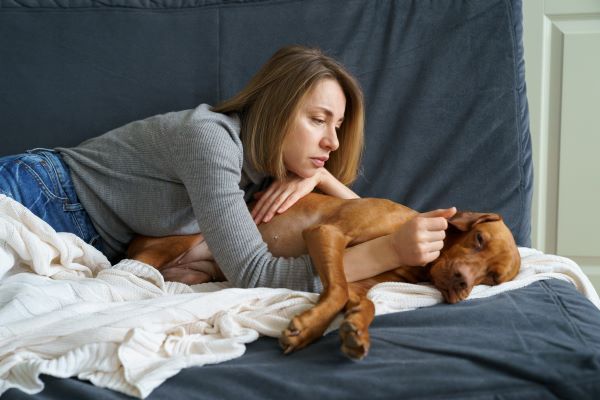
- Depression
- Irritability
- Disobedience
- Destructive behaviour
- Less interest in food, play, children and other dogs
- Separation anxiety
- Inappropriate barking
- Increased sleeping
- Memory problems
- Confusion or failure to recognise his surroundings
Physiological conditions:
- Lethargy
- Hypertension / high blood pressure
- Heart murmur / rapid heart rate
- Breathing difficulties
- Less tolerant of extreme heat or cold
- Decreased or increased appetite
- Significant weight gain (more common) or weight loss
- Vomiting
- Excessive thirst
- Frequent, strained or uncontrolled urination
- Bad odour
You might find it helpful to note down any changes you notice in a diary. There are mobile apps that make it easy to keep track of any medical and behaviourial changes your dog displays. Being aware of the signs of ageing in your dog, will help to better understand his changed needs for care.
Learn more about the caregiving needs of a senior dog.
Bow Wow Meow Pet Insurance can help protect you and your dog should an unexpected trip to the vet occur.
-
Find out more about our dog insurance options
-
Get an online pet insurance quote
Bow Wow Meow is proud to have been awarded winner of Canstar’s ‘Most Satisfied Customers’ Award in the Pet Insurance category for both 2024 and 2025!
Bow Wow Meow is proud to have been chosen as Product Review’s Pet Insurance Award Winner every year from 2018 to 2025! This is based on 2,995 independent customer reviews (as at 21/01/2025), with an overall rating of 4.3*
Google Review rating = 4.5* (based on 968 reviews)
Trust Pilot rating = 4.6* (based on 531 reviews)
Bow Wow Meow is proud to have been chosen as Product Review’s Pet Insurance Award Winner every year from 2018 to 2025! This is based on 2,995 independent customer reviews (as at 21/01/2025), with an overall rating of 4.3*
Google Review rating = 4.5* (based on 968 reviews)
Trust Pilot rating = 4.6* (based on 531 reviews)
Bow Wow Meow has been chosen as a winner in the Finder Pet Insurance Awards 2024. Finder’s panel of experts analysed over 140 quotes to award our Ultimate Care Plan the winner of the “Pet Insurance – Value” category.




